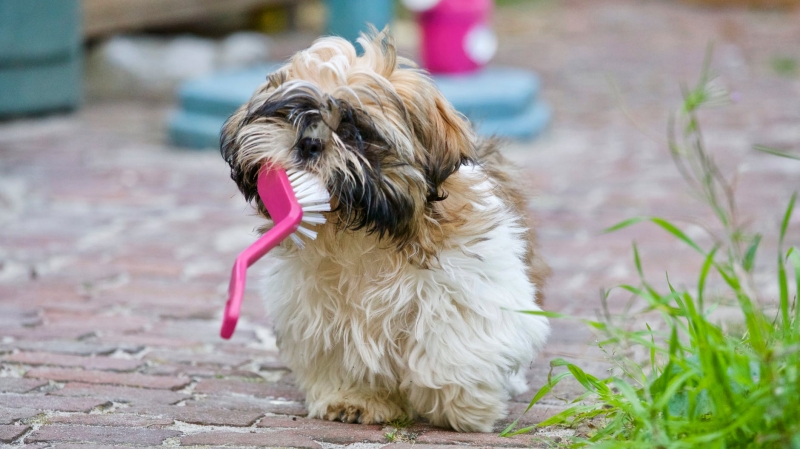Your pet's pearly whites
Dental disease is common in four out of five cats and dogs over three years of age.
When was the last time you made an appointment to check on your pet’s oral health?
While you’re busy taking care of your dog or cat’s immediate needs – such as feeding, grooming, vaccinating and making sure they’re well looked after, you may not think about their other less obvious health needs. Teeth are not something you see every day, and it’s easy to forget they need care. As a result, periodontal disease is an all-toofrequent diagnosis by Australian vets – and
one that’s entirely preventable.
Periodontal disease is a bacterial infection that can lead to the need for tooth extraction, as well as infection of the liver, kidneys, and heart. Pets with periodontal disease may still continue to eat as usual, and not show signs of pain until it becomes entirely unbearable. At that point, a significant amount of damage may have already been done.
Common signs of periodontal disease include tartar buildup, bad breath, bleeding gums that may also be swollen and red, broken teeth, and pus. Your pet may also leave hard food, not being able to eat it due to pain.
If you notice any of these signs, it’s crucial to see a vet sooner rather than later. They will
assess the disease on the level of severity before choosing a treatment method to suit.
Some periodontal disease may be reversible, but the higher the severity rating, the more
likely it is they will have to extract teeth and take further action.
Often, your vet will recommend general anaesthesia to take a closer look, clean teeth, remove plaque build-up, take x-rays, and remove infected or damaged teeth. If you’re not sure how this process works, make sure you ask your vet as many questions as possible so you can feel comfortable.
The entire procedure for taking care of your pet’s pearly whites can seem quite daunting, but it’s important to understand that many dental-related conditions are preventable. When you bring home a young dog or cat, you can begin a brushing regime from day one. Vet clinics stock a range of toothbrushes and pastes for animal use. Alternatively, there are specialised dental treats and raw bones on the market to help with the cleaning process. Check with your vet to find out the pros and cons of each method, and which will be suitable for your pet.
Alongside preventative measures at home, you can also keep on top of your pet’s health
by booking them in for routine annual checkups. During these check-ups, your vet looks out for any dental health issues as well as any other problems that may have cropped up in the prior 12-month period. Remember, your pet can’t tell you what hurts and where, so these appointments are essential.
Are you worried about your pet’s oral health, or do you have another health concern?
Stay on top of your pet’s health by making an appointment with your local vet.

